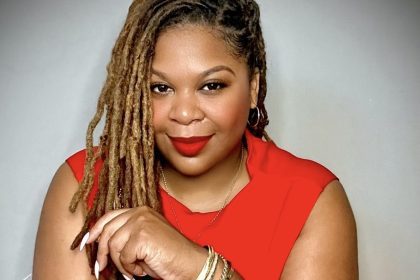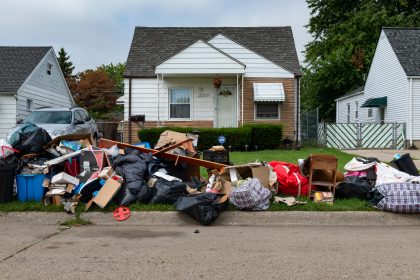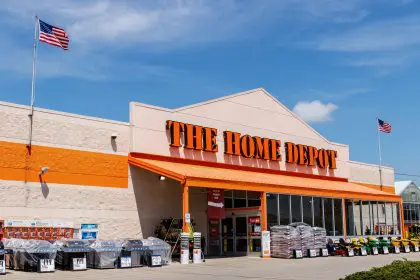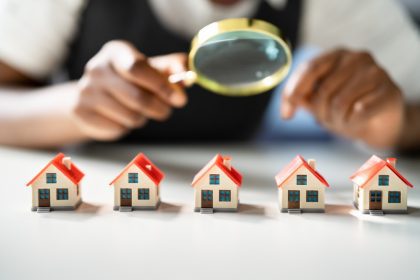Recent findings from the 2024 State of Housing in Black America report have unveiled a disturbing reality: Black homeownership rates have plummeted to levels not seen since the Fair Housing Act was enacted in 1968. This decline represents more than just statistics – it reflects a growing crisis in wealth building and economic stability for Black Americans.
Understanding the historical context
Former HUD Secretary Marcia Fudge emphasizes the historical significance of current homeownership levels matching those of 1968, a stark reminder that despite decades of civil rights progress, fundamental housing challenges persist. Lisa Rice, president and CEO of the National Fair Housing Alliance, traces the decline from a peak of 49.7% in 2004 to a troubling 40.6% by mid-2019.
The roots of the crisis
The decline stems from a complex web of factors dating back to the early 2000s. During the Bush administration, banks targeted Black homeowners with risky interest-only mortgages, setting the stage for a wave of foreclosures that would devastate Black communities. This predatory lending practice created long-lasting repercussions that continue to affect Black homeownership today.
Current market barriers
Marvetta Bozeman, incoming president of the Empire Board of Realtists, identifies institutional investors as a major obstacle. These corporations are purchasing affordable homes at unprecedented rates, converting them into rental properties, and effectively pricing out potential Black homebuyers. This practice not only limits available housing stock but also makes it harder for families to save for down payments.
The affordability challenge
Rising home prices have far outpaced wage growth, creating an increasingly insurmountable barrier for first-time homebuyers. This disparity particularly affects Black Americans, who historically have had less generational wealth to draw from for down payments and closing costs.
Systemic barriers in lending
Mortgage loan disparities continue to plague the housing market, with Black potential homebuyers facing significantly higher rejection rates than their white counterparts. The recent $418 million settlement by the National Association of Realtors raises additional concerns about representation and advocacy for Black borrowers in real estate transactions.
The impact of gentrification
Rising property taxes and insurance costs in historically Black neighborhoods have created a domino effect of displacement. As these communities gentrify, long-time residents face mounting pressure to sell their homes, often at prices that don’t allow them to remain in their transformed neighborhoods.
Appraisal bias compounds the problem
Housing appraisal bias remains a persistent challenge for Black homeowners. While the Biden-Harris administration has initiated programs to address this issue, systemic changes are needed to ensure fair valuations for properties owned by Black Americans.
The threat of policy rollbacks
Lisa Rice warns about potential threats to existing protections. The proposed Project 2025 plan could eliminate crucial special purpose credit programs that currently assist borrowers from protected classes, potentially accelerating the decline in Black homeownership rates.
Community impact and wealth building
The implications of declining Black homeownership extend beyond individual families. Homeownership has historically been a primary vehicle for wealth building in American communities. As rates decline, the racial wealth gap widens, affecting everything from educational opportunities to retirement security.
Solutions on the horizon
Housing experts advocate for multi-pronged solutions, including strengthened fair lending enforcement, expanded down payment assistance programs, and reforms to the appraisal industry. Community-based initiatives and financial education programs also play crucial roles in supporting potential Black homebuyers.
The role of financial education
Experts emphasize the importance of early financial education and homebuyer preparation programs. Understanding credit, saving strategies, and the homebuying process can help potential buyers navigate the complex path to homeownership more successfully.
Building coalitions for change
Addressing the Black homeownership crisis requires collaboration between government agencies, financial institutions, real estate professionals, and community organizations. Only through coordinated efforts can meaningful progress be made in reversing current trends.
Remember that homeownership represents more than just property ownership – it’s a fundamental pillar of wealth building and community stability in America. The decline in Black homeownership rates signals a critical need for systemic change and renewed commitment to housing equity.










